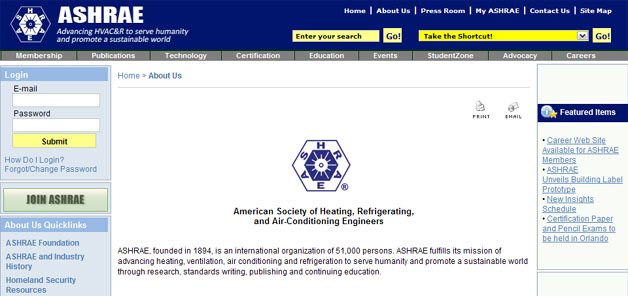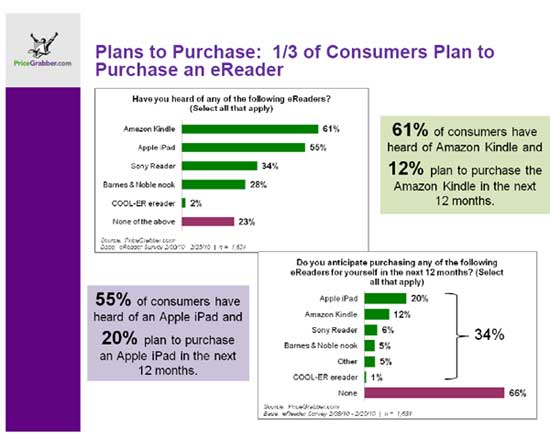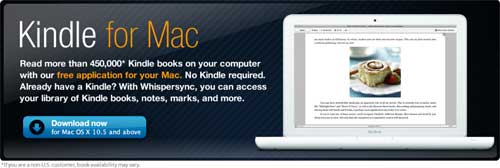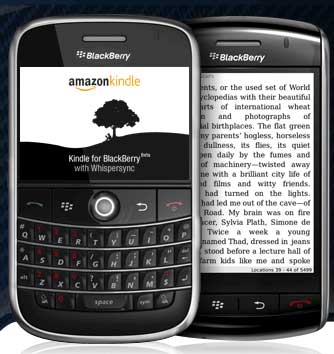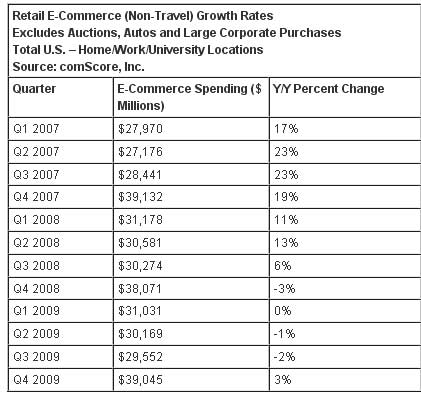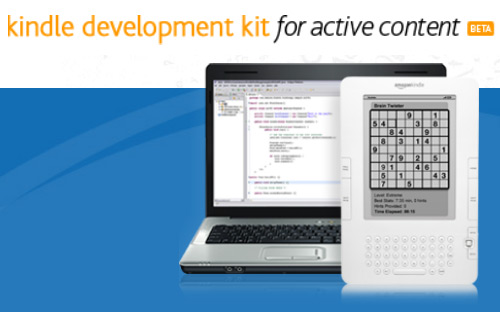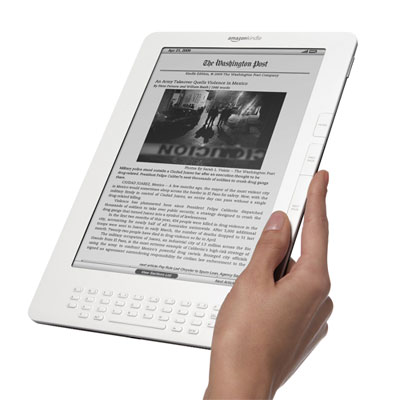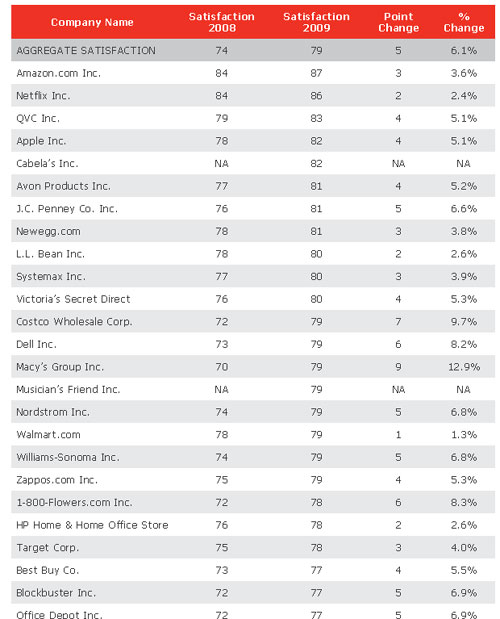Amazon has taken the initiative to educate consumers about 3D technology for the home, so it can sell more products that fall into that category. Still, for the home 3D technology space at large, this may prove to be a helpful act, as Amazon obviously plays a huge role in retail.
"While 3D is on the minds of a lot of customers, many are confused about this new technology and what they need to do in order to watch full HD 3D TV or movies, play 3D video games or use 3D on their computers," said Ben Hartman, director of Home Electronics at Amazon.com. "Our goal with the Amazon 3D 101 customer education center is to provide our customers with easy-to-understand information that will help demystify this new technology."
"We also provide product details to help customers figure out which 3D products best fit their individual needs," he adds. "We will continue to expand and evolve this customer education center as new 3D products and content are released."
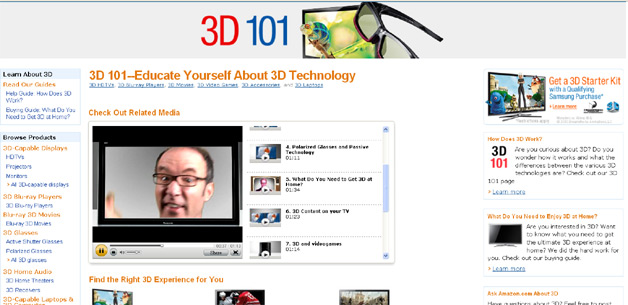
Amazon’s educational resources for 3D include:
– Educational videos that help customers easily understand what 3D is and how it works
– Buying guides aimed at helping customers find everything they need to create the best 3D experience at home
– Interactions with the Amazon 3D team and other customers through Amazon discussions boards
– Frequently asked questions updated on a regular basis
– An interactive, intuitive layout that allows customers to easily access and find information
Just how big 3D is going to get is frequently speculated upon, but there’s no question that widespread adoption will not occur without some understanding of what all is involved, which is why besides being a marketing tool for Amazon, this education center could be a useful resource for those tinkering with the idea of purchasing 3D electronics.


 "We remain heads-down focused on customers," said Jeff Bezos, founder and CEO of
"We remain heads-down focused on customers," said Jeff Bezos, founder and CEO of 
